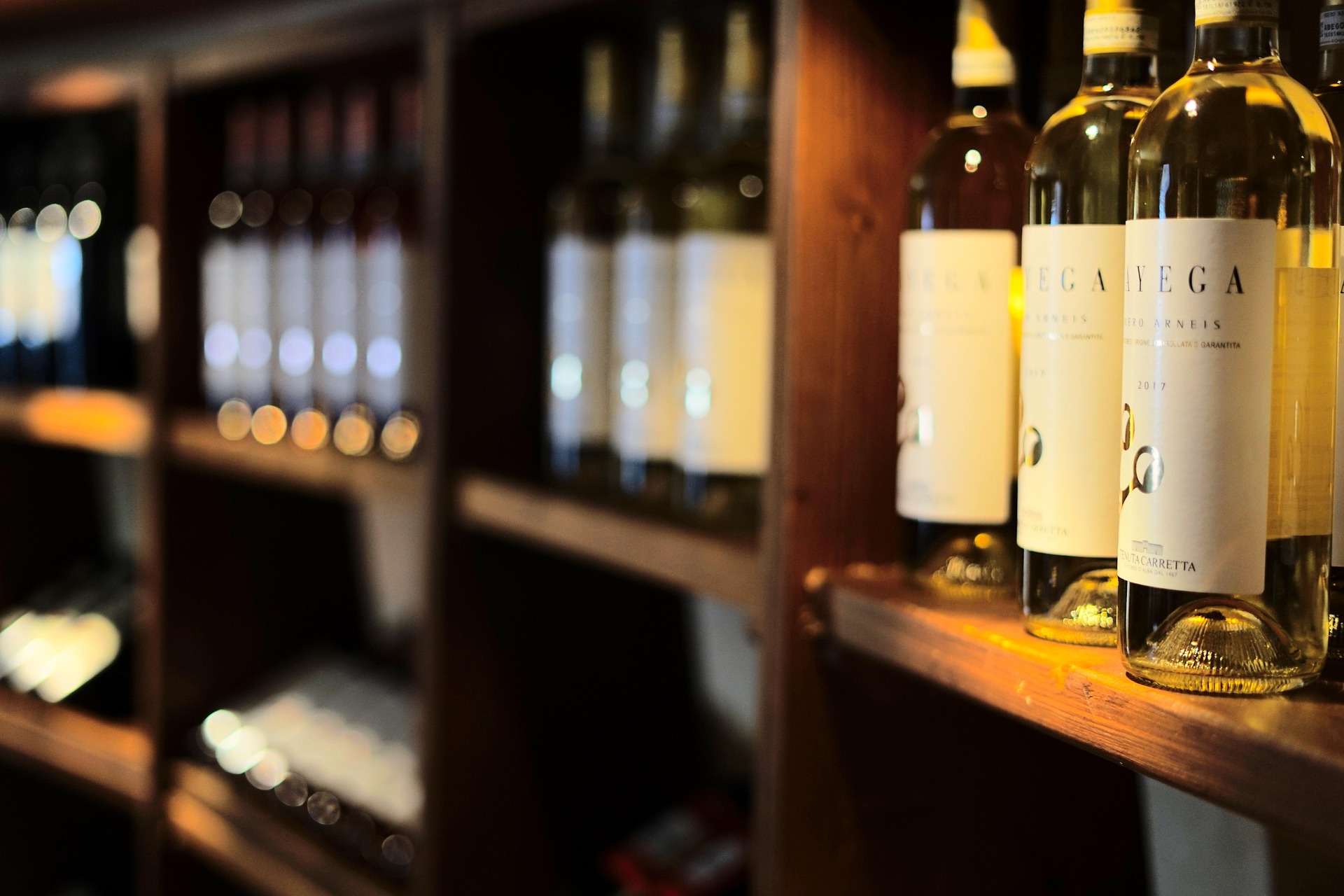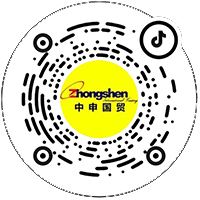- Shanghai ZhongShen International Trade Co., Ltd., with 20 years of experience in foreign trade import and export agency services.

When Craft Beer Meets a Customs Code: A "Category Classification Battle" That Cannot Be Lost
Last year, an importer mistakenly classified a Belgian fruit beer into the "other fermented beverages" category, which directly resulted in a 11.6% increase in the comprehensive tax rate. This case tells us:The choice of HS code for beer directly affects the cost and timeliness of customs clearance. According to the latest 2025 tariff schedule, beer is mainly classified under the subdivisions of HS code 2203, and special attention should be paid to:
- Whether the malt concentration exceeds 0.5% vol
- Whether it contains added ingredients such as fruits/spices
- The type of packaging container (can/glass bottle/keg)
The "Three-Piece Suit" and "Two Hidden Reefs" of Customs Document Preparation
Preparing the basic materials may seem simple, but customs statistics show that in 2024, 37% of beer import delays were due to documentary defects. The list of essential documents:
- Certificate of OriginBook(pay special attention to the new EU anti-counterfeiting mark)
- Component test report(must include 6 essential test indicators such as alcohol content and original wort concentration)
- Pre-review document for the Chinese back label(an importer in Shanghai was required to make corrections for the expression "best before")
Hidden risk points:
- The production date labeling method abroad does not comply with the GB 7718 standard
- Specialty beers (such as barrel-aged) require an additional process description
The "Variable Equation" in Tariff Calculation
Taking a 500ml canned beer of a certain brand imported from Germany as an example (assuming a CIF unit price of 2 euros):
| Project | Calculation method | 2025 standard |
|---|---|---|
| Import tariffs | Dutiable value × 10% | 2 euros × 7.8 × 10% = 1.56 yuan |
| Value - added Tax | (Dutiable Value + Tariff)×13% | (15.6+1.56)×13%=2.23元 |
| Consumption Tax | Levied by volume at 0.5 yuan/liter | 0.5×0.5=0.25元 |
Note: Exchange rate fluctuations and free trade agreement preferences need to be watched dynamically. A certain Southeast Asian brand saved 9% on the tariff rate by promptly applying for a FORM E certificate.
The "Temperature Code" of Cold Chain Transport
A real case we handled: a batch of Belgian white beer had a direct loss of 230,000 yuan due to protein coagulation caused by temperature fluctuations during transport. Key control points:
- The full-process temperature recorder must be CNAS certified
- ?Ocean shipping?The container needs to be pre-cooled 48 hours in advance
- The temperature gradient during unloading should be controlled within 3℃/hour
Pitfall Avoidance Guide: The "Tuition Fees" We've Paid Over the Years
- Case 1: Undeclared promotional gifts (bottle openers) were identified as "goods not matching the documents"
- Case 2: The lack of an IPPC mark on a wooden pallet triggered a fumigation treatment
- Case 3: The expression "pure natural" on the Chinese label triggered a lawsuit from a professional anti-counterfeiting activist
Final reminder: The "Risk Classification Management Measures for Imported Food" implemented from 2025 will impose dynamic supervision on beer importers, and establishing a complete traceability system will become a core competitiveness. It is recommended that new enterprises in the industry choose anforeign tradeagency service provider with experience in beer operations and control the batch size of the first import to within 1 container for a full-process test.
Recommended for You
- Unlock a New Chapter in Red Wine Imports: Zhongshen International Trade Guides You Through the Entire Process with Ease
- How to Choose a Professional Wine Export Agency? 2025’s Latest Pitfall-Avoidance Guide
- Can You Still Make Money as a Wine Distributor in 2025? This Guide Has the Answer
- How to choose a reliable overseas wine distributor? How to deal with distributor breach of contract? What are the specific requirements for export qualifications?
- How to act as an export wholesaler for red wine? These 8 key questions you must understand
? 2025. All Rights Reserved.









